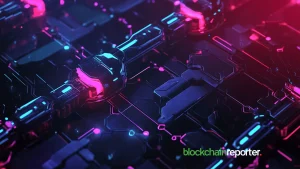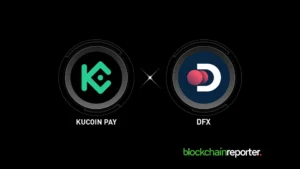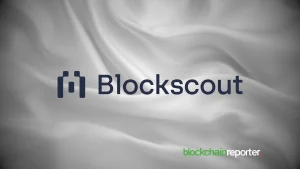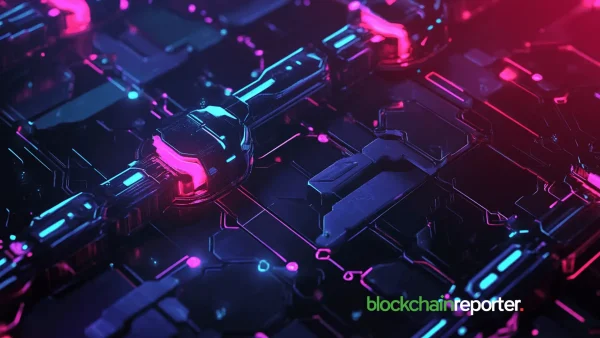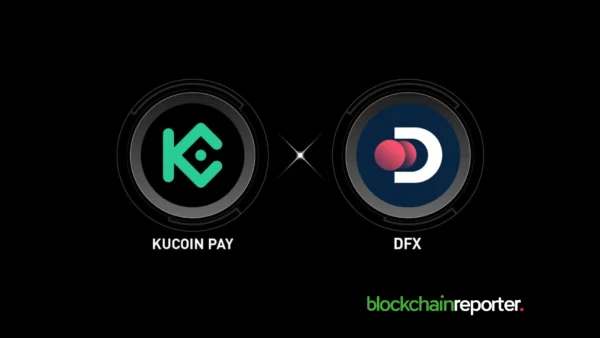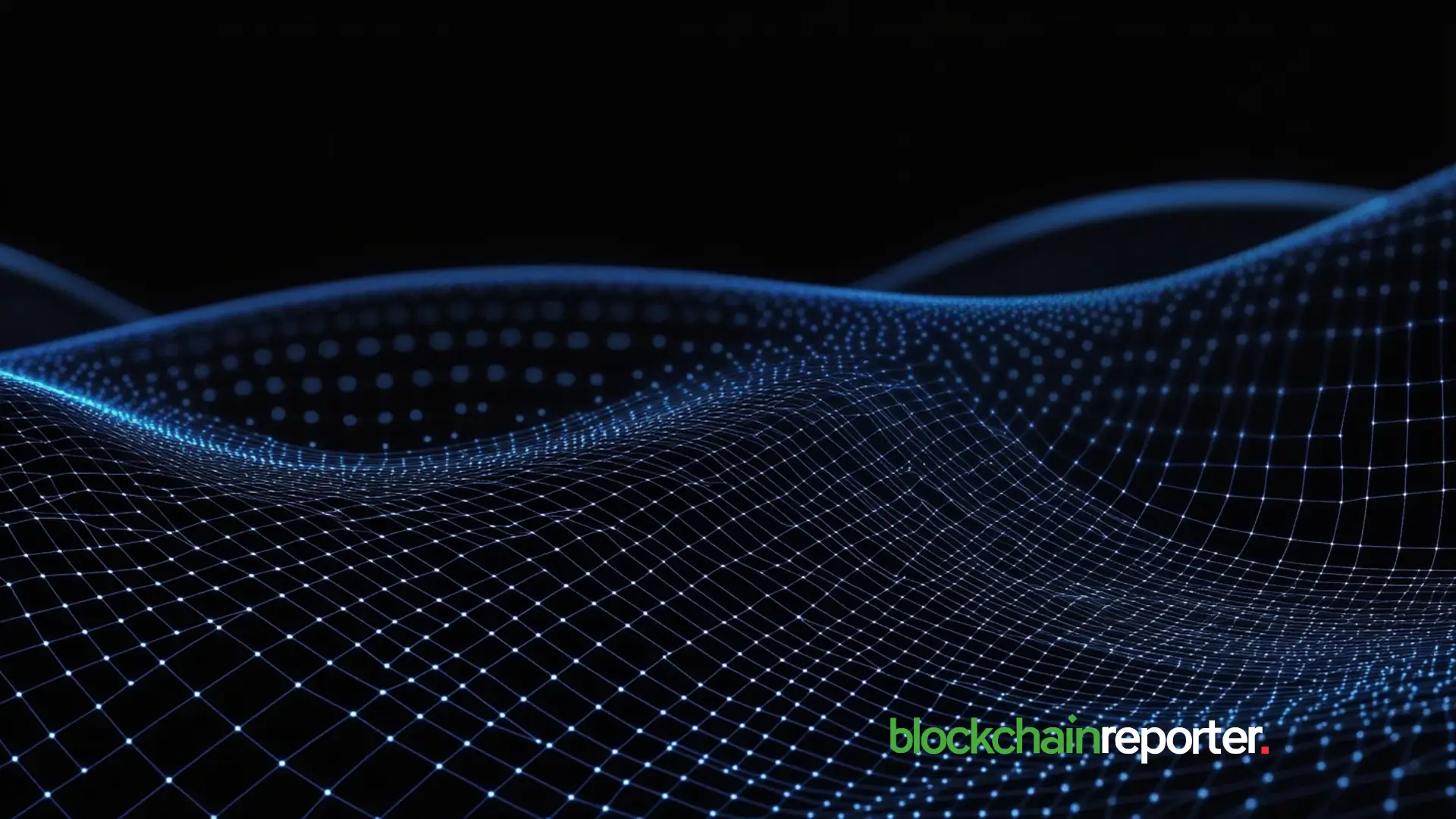
In the world of blockchain, decentralization is the core principle. Yet, there’s a limitation built into most blockchains: they cannot access real-world data on their own. This is where blockchain oracles come in. These powerful systems act as bridges, feeding external information into blockchain networks so smart contracts can interact with the world beyond the chain.
Whether it’s DeFi protocols calculating interest rates, NFT projects reacting to sports scores, or supply chains tracking product origins, blockchain oracles are the key enablers of smart contract utility. Let’s break down what they are, how they work, and why they matter.
What Is a Blockchain Oracle?
A blockchain oracle is a third-party service that supplies off-chain data to smart contracts. Since blockchains are isolated by design, smart contracts need oracles to interact with real-world information like prices, weather, identity verification, or event outcomes.
Without oracles, blockchains would be closed systems, secure but blind to the world outside. Oracles enable “hybrid smart contracts” that blend on-chain logic with off-chain data inputs.
How Do Blockchain Oracles Work?
Here’s a simplified breakdown of the process:
- A smart contract requests data — for example, the current ETH/USD price.
- The oracle fetches this data from an external source, such as an API or web service.
- The data is validated using cryptographic methods, consensus, or multiple data sources.
- The oracle delivers the data back to the blockchain, triggering the smart contract’s next action.
This process must be reliable and secure because the data affects decisions and outcomes within immutable smart contracts.
Types of Blockchain Oracles
Blockchain oracles come in several forms, each tailored to specific needs:
1. Software Oracles
These fetch online data, like market prices, weather, or event outcomes, from APIs or websites. They’re commonly used in DeFi protocols and prediction markets.
2. Hardware Oracles
Used in supply chains and IoT, they gather data from physical sensors and devices. For example, they can verify the temperature of a shipment or track GPS location.
3. Inbound and Outbound Oracles
- Inbound oracles bring external data into the blockchain.
- Outbound oracles send data from the blockchain to the real world (e.g., triggering a payment in a bank or turning on a smart device).
4. Consensus-Based Oracles
These aggregate data from multiple sources to improve accuracy and prevent manipulation—key for financial data or high-stakes smart contracts.
The Problem of Trust: Centralized vs. Decentralized Oracles
Oracles introduce a new challenge to blockchains: the Oracle Problem. While blockchains are trustless, oracles can become single points of failure if they are centralized.
To solve this, decentralized oracles like Chainlink, Band Protocol, API3, and Nest Protocol emerged. They use distributed node networks, reputation systems, and economic incentives to ensure accurate, tamper-resistant data feeds.
Chainlink, for example, aggregates data from multiple sources and uses staking and cryptographic proofs to maintain integrity.
Use Cases of Blockchain Oracles
Oracles power some of the most compelling blockchain applications:
DeFi (Decentralized Finance)
Protocols like Aave, Compound, and MakerDAO rely on price oracles to set collateral values and manage liquidations.
Prediction Markets
Platforms like Augur use oracles to determine the outcome of sports games, elections, or other events.
Insurance
Smart contracts for crop insurance or flight delay coverage use weather and travel data fed by oracles to trigger payouts.
Supply Chain
Oracles verify logistics, delivery times, product conditions, and authenticity by connecting IoT data to the blockchain.
NFTs and Gaming
Games and dynamic NFTs use oracles to react to real-world events like scores, weather, or user behavior.
Challenges and Security Risks
Despite their usefulness, oracles pose several risks:
- Manipulation: A compromised oracle can feed false data.
- Latency: Time-sensitive applications can be disrupted by delays.
- Sybil attacks: Especially on decentralized networks, fake nodes can corrupt consensus.
To address these, modern oracles incorporate cryptographic proofs (like Chainlink’s OCR and Proof of Reserve), fallback mechanisms, and economic incentives for honest behavior.
The Future of Blockchain Oracles
As Web3 expands, the role of oracles will grow exponentially. Cross-chain oracles, zero-knowledge proof integrations, and privacy-preserving data feeds are emerging trends. Oracles are also critical for institutional adoption of blockchain, as enterprises require secure bridges to real-world systems.
Expect oracles to power:
- Decentralized identity systems
- Autonomous AI-on-chain agents
- Real-world asset tokenization (RWAs)
- Advanced insurance and derivatives in DeFi
Final Thoughts
Blockchain oracles are the unsung heroes that enable smart contracts to be smart. Without them, blockchains are like powerful engines with no fuel source. By bridging the gap between decentralized networks and real-world information, oracles are making blockchain truly useful, one data feed at a time.
Whether you’re an investor, developer, or enthusiast, understanding oracles is essential to grasping the next generation of blockchain innovation.

